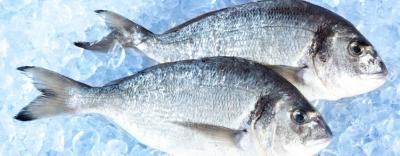Introduction

Fishery is a key sector in the European food industry. More than 90,000 fishing vessels are running under flag of an EU or EFTA country providing more than 5 million tonnes of fresh fish and seafood in a year. 86% of these ships, approximately 82,000 vessels belong to the smallest, under 25 tonnes class operated mainly by SME fishing companies.
Although the fish consumption in Europe is increasing, due to the decrease in fishing stocks and the limitations of the EU fishing fleet capacity, competition is sharply increasing. More and more products are arriving from South-American countries and from the Far-East that puts small-size fishing companies under pressure.
In the fishing industry ice is broadly used and a fundamental commodity both for preservation and distribution of fresh fish. To maintain freshness and fish quality, all species of fish require ice as soon as they are caught. High temperatures promote fish spoilage, and ice serves to preserve fish quality: fish remain fresh, wet and shiny and maintain the appeal customers are looking for in the market. A well-kept fish has a fresh smell, bright, clear eyes and vibrant flesh. Seafood’s value in a healthy diet is significant given that several trace elements required for proper nutrition are found in fresh seafood—apart from the fact that fish are delicious. As a result of this, fishing industry is a dominant sector of the food industry in Europe, although it gets some environmental criticism.
